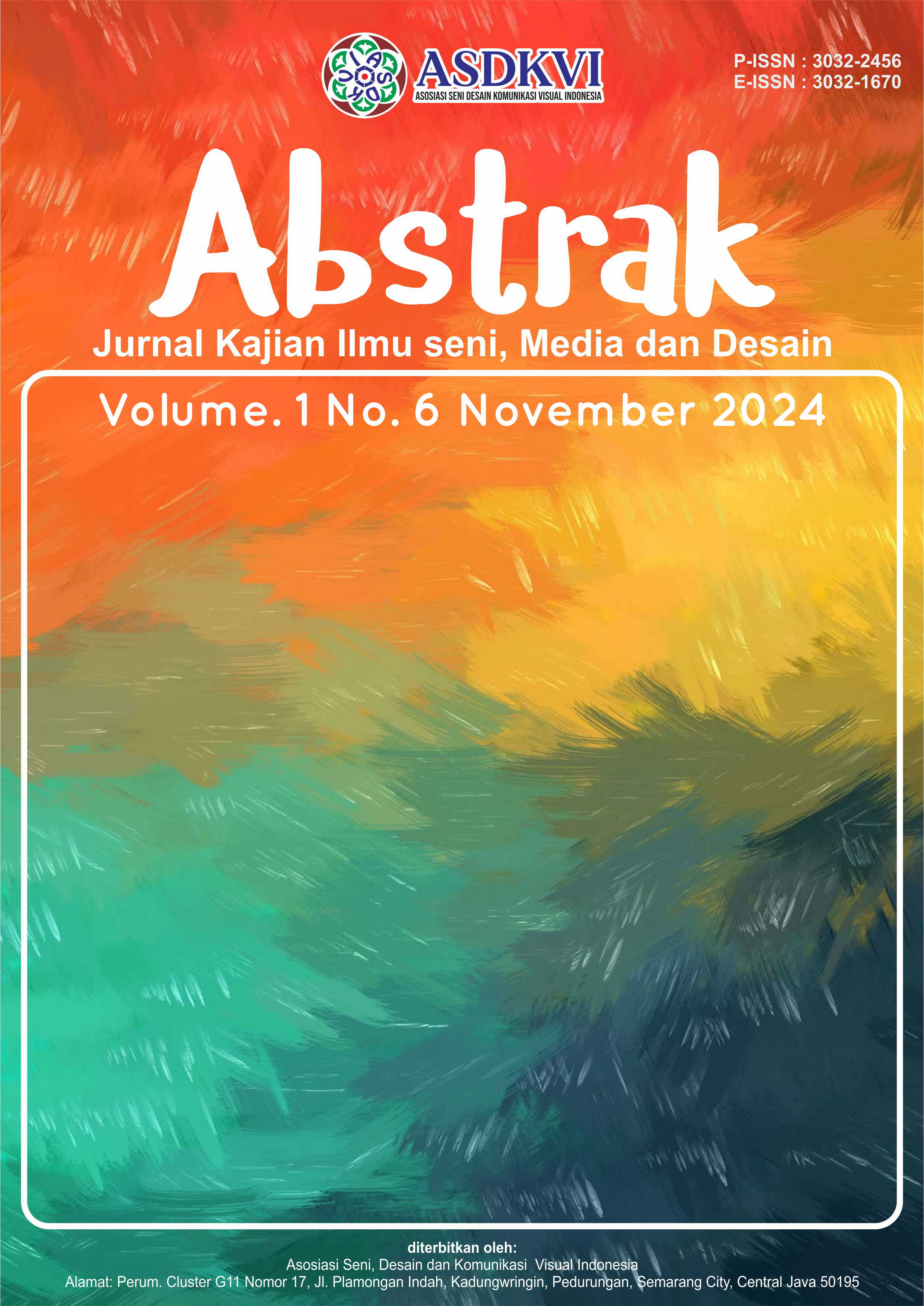Design of Arts and Cultural Facilities in Serdang Bedagai District with a Neo – Vernacular Architectural Approach
DOI:
https://doi.org/10.62383/abstrak.v1i6.347Keywords:
art, cultural, education, neo vernacularAbstract
Miniature Indonesia is the nickname of Serdang Bedagai Regency, where many ethnic groups live in the Land of the Magic of this Traditional Country. There are still many local residents who do not know the culture in the land where they live. Based on existing problems, a view arose to design Arts and Culture Facilities that would house all arts activities and cultural preservation, especially Malay culture, as the forerunner to the establishment of Serdang Bedagai Regency. The theme approach that will be used to design this Arts and Cultural Facility is Neo-Vernacular Architecture. Neo-Vernacular architecture is an architectural concept that incorporates elements of surrounding culture into buildings by applying patterns or motifs typical of the place itself. Apart from that, the use of a neo-vernacular theme is also in line with the building's function, namely as an arts and cultural facility, where the aim of this project is to introduce the surrounding culture to local people and tourists from outside the area.
References
Bahansubu, R. P., J. O. W. ST, & Wuisang, C. E. (2019). Bolaang Mongondow cultural center "Arsitektur neo vernakular". Daseng, 8(1), 96-108.
Daulay, E. (2016). Indonesian language and arts. Vision, 9(9).
Dissanayake, E. (2015). What is art for? University of Washington Press.
Igwenagu, C. (2016). Fundamentals of research methodology and data collection. LAP Lambert Academic Publishing.
Irawana. (2019). Seni musik serta hubungan penggunaan pendidikan seni musik untuk membentuk karakter peserta didik di sekolah dasar. Jurnal Ilmu Pendidikan.
Kojo, I., & Nenonen, S. (2016). Typologies for co-working spaces in Finland: What and how? Facilities, 34(5/6), 302-313.
Kuppers, P. (2017). Studying disability arts and culture: An introduction. Bloomsbury Publishing.
Pane, J. B., Rilatupa, J., & Simatupang, S. (2021). The development of an arts centre with the application of futuristic architecture. IOP Conference Series: Earth and Environmental Science, 878(1).
Qorib, M. (2015). Islam and local wisdom of Malay society in maintaining the harmony between religious and cultural plurality: A case study of Batubara's Malay society. In Proceeding of the International Seminar and Conference on Global Issues.
Ritonga, H. M., Indrawan, M. I., & Sari, D. S. (2022). A SEM analysis of visitors' interest in Pari City village tourism, Pantai Cermin district, Serdang Bedagai region. Journal of Community Research and Service, 6(2), 126.
Salam, S. (2020). Pengetahuan dasar seni rupa. Badan Penerbit UNM.
Sugiyono, P. D. (2017). Metode penelitian kuantitatif, kualitatif, dan R&D.
Trivic, Z. (2020). Community arts and culture initiatives in Singapore: Understanding the nodal approach. Routledge.
Vongkulbhisal, S. (2016). Primitivism, regionalism, and the vernacular in Le Corbusier's middle years, 1929-1945 (Doctoral dissertation).
Zakia, H. K. (2013). Pusat seni teater di Kota Pontianak. Jurnal Teknik Sipil Untan, 3(1), 93-104.
Downloads
Published
How to Cite
Issue
Section
License
Copyright (c) 2024 Abstrak : Jurnal Kajian Ilmu seni, Media dan Desain

This work is licensed under a Creative Commons Attribution-ShareAlike 4.0 International License.





